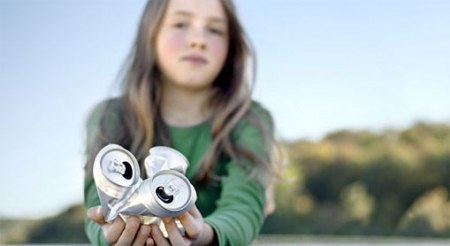Roland Scharf-Bergmann, head of Hydro's Recycling unit, cautioned in a lecture at a Metal Bulletin meeting in Istanbul, Turkey, that a producer supporting recycled content over 90% is 'greenwashing' its metal.
Anxiety to global warming in recent years has led policymakers and consumers to request information regarding recyclability measures in commodities made out of aluminium. Roland Scharf-Bergmann said that two indicators, namely end of life recycling rate and recycled content, are essentially used in the industry today.
 INDICATOR: Hydro has decided to promote end of life recycling rate as the appropriate measure for aluminium recycling. (Credit: Christian Charlier)
INDICATOR: Hydro has decided to promote end of life recycling rate as the appropriate measure for aluminium recycling. (Credit: Christian Charlier)
Roland Scharf-Bergmann, at the 19th Recycled Aluminium Conference in Istanbul, pointed out that incorrect recycling may cause greenwashing of aluminium. Recycled content examines the amount of recycled material used in the creation of a new product, while the end of life recycling rate, also called the EoL rate, makes comparison between the original amount of metals received from recycling and the amount of metals available in theory at the end of the life of the metal. For instance, the end of life recycling rate of aluminium in facilities is 96%.in Europe.
Hydro has determined to support end of life recycling rate as the suitable measure for aluminium recycling. The International Aluminium Institute and a small number of aluminium producers and recyclers have also supported Hydro’s view regarding end of life recycling rate. However, still there are companies that promote recycled content when selling their products to customers.
Estimates reveal that 10.6 million Mt of aluminium was amassed globally and recycled after use in 2010. In the same year, global production surpassed 41 million Mt.
Scharf-Bergmann said that since the necessity for aluminium is increasing each year and that aluminium products have extended lifetime expectancy, there is a requirement to launch more primary metal into aluminium.